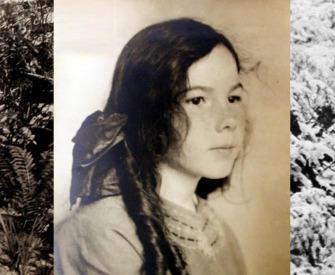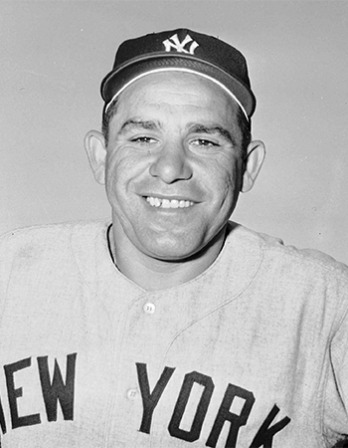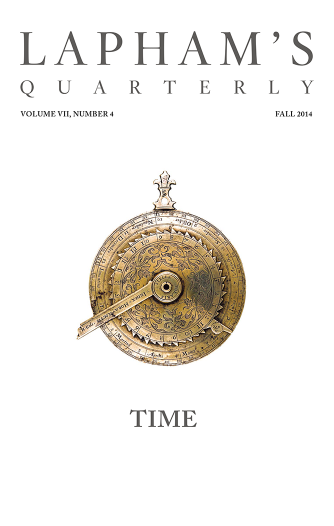The art world collapsed on the night of October 18, at Sotheby Parke Bernet—and it ended not with a whimper, but with a bid. The auction was that of the collection of taxi baron Robert Scull, one that included many of the most celebrated names in American art, and that had been made as notorious as its owners through a calculated campaign of press agentry and PR worthy of the building of a movie star’s career. It was a collection that was bought for a song and sold to the tune of $2.2 million.
People did not bid on paintings so much as they rooted for them. Cheers accompanied the record-setting prices: $180,000 for a Willem de Kooning; $155,000 for Barnett Newman’s White Fire, sold sight unseen from the catalogue; $240,000 for Jasper Johns’s Double White Map, originally bought by Scull for $10,500 and sold to Ben Heller. Heller, in turn, had just realized an unprecedented profit on the sale of Pollock’s Blue Poles to the Canberra Museum for a cool $2 million.
The real excitement obviously was generated not by art (you don’t go to an auction to see art), but by the visible action of instant profit taking—the only real main event, as far as Americans of all interests and persuasions are concerned. Whispered queries, “How much did he buy that for?” went through the room every time the gavel fell. When the Cy Twombly, originally purchased for $750, went for $40,000, Mrs. Scull leaned over to her husband, “Remember when I bought that for your birthday?” She elbowed him. “That was some birthday present!”
The fascination with such excess profit taking is understandable in terms of the corporate mentality that now dominates the art world. The shakiness of the stock market, the fluctuations of currency rates, and inflation all lead to a situation in which fine art objects, because they are unique and rare, come to be a major medium of international exchange, the trading beads of the jet age. That is why auction sales now attract people who once haunted Las Vegas and Monte Carlo—they are gambling with nothing more than cultural pretensions.
The corporate mind is interested in profit, and nowhere are the profits so immense, or realizable in so short a time, as in the art market. As a matter of fact, Scull is a kind of genius. Not necessarily even a financial genius, but a genius of timing and promotion. The Sculls are in many ways Pop creations, “living sculpture” if you like. They learned everything they know from Andy Warhol.
From “Profit Without Honor.” An art historian and critic who was once married to Frank Stella, Rose in 1967 published American Art Since 1900. Robert Scull commissioned Warhol in 1963 to paint a portrait of his wife. The Pop artist took her to a photo booth in Times Square, where he had the machine snap more than one hundred shots. The result was Ethel Scull Thirty-six Times, a massive multicolored silkscreen of the photographs.
Back to Issue




